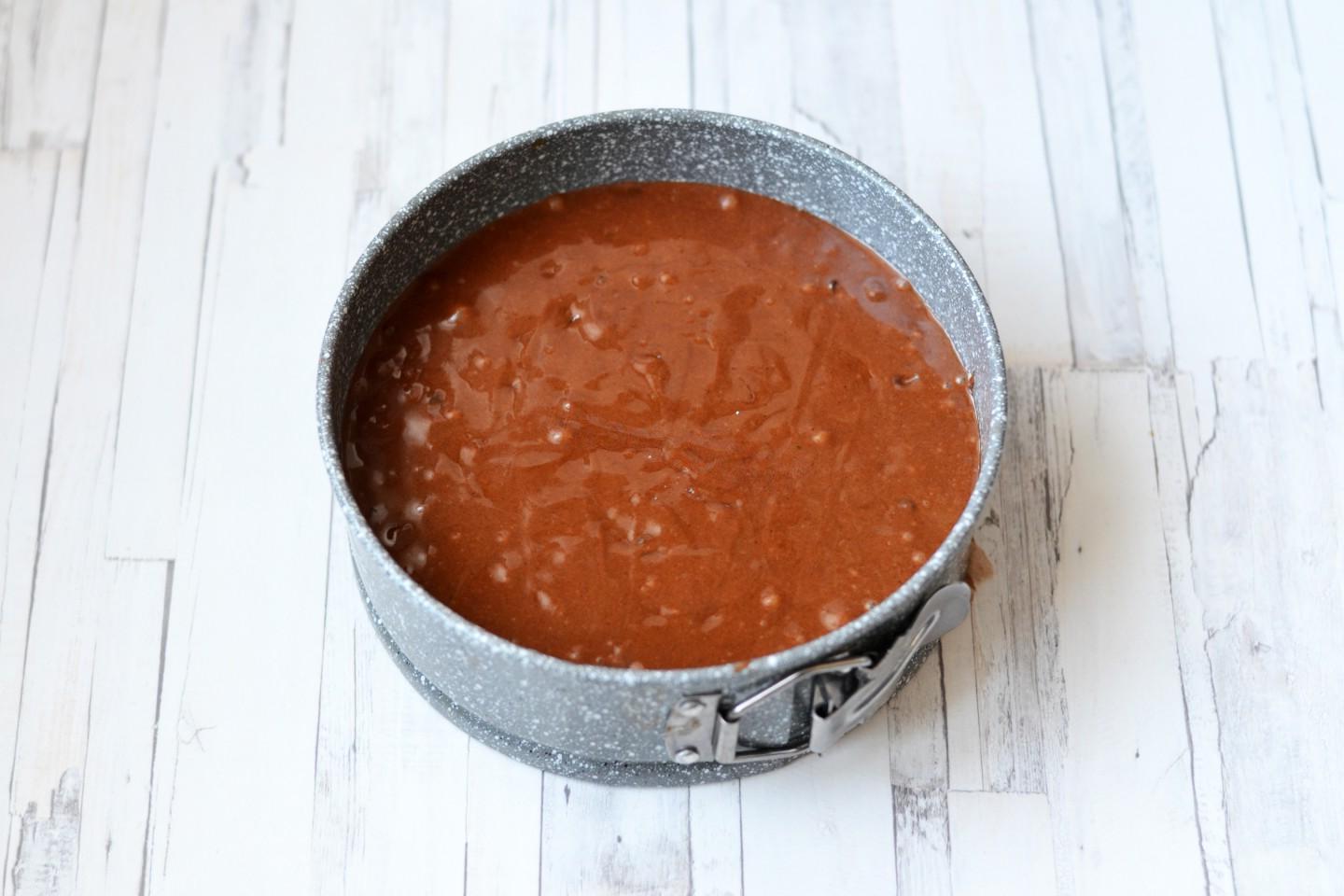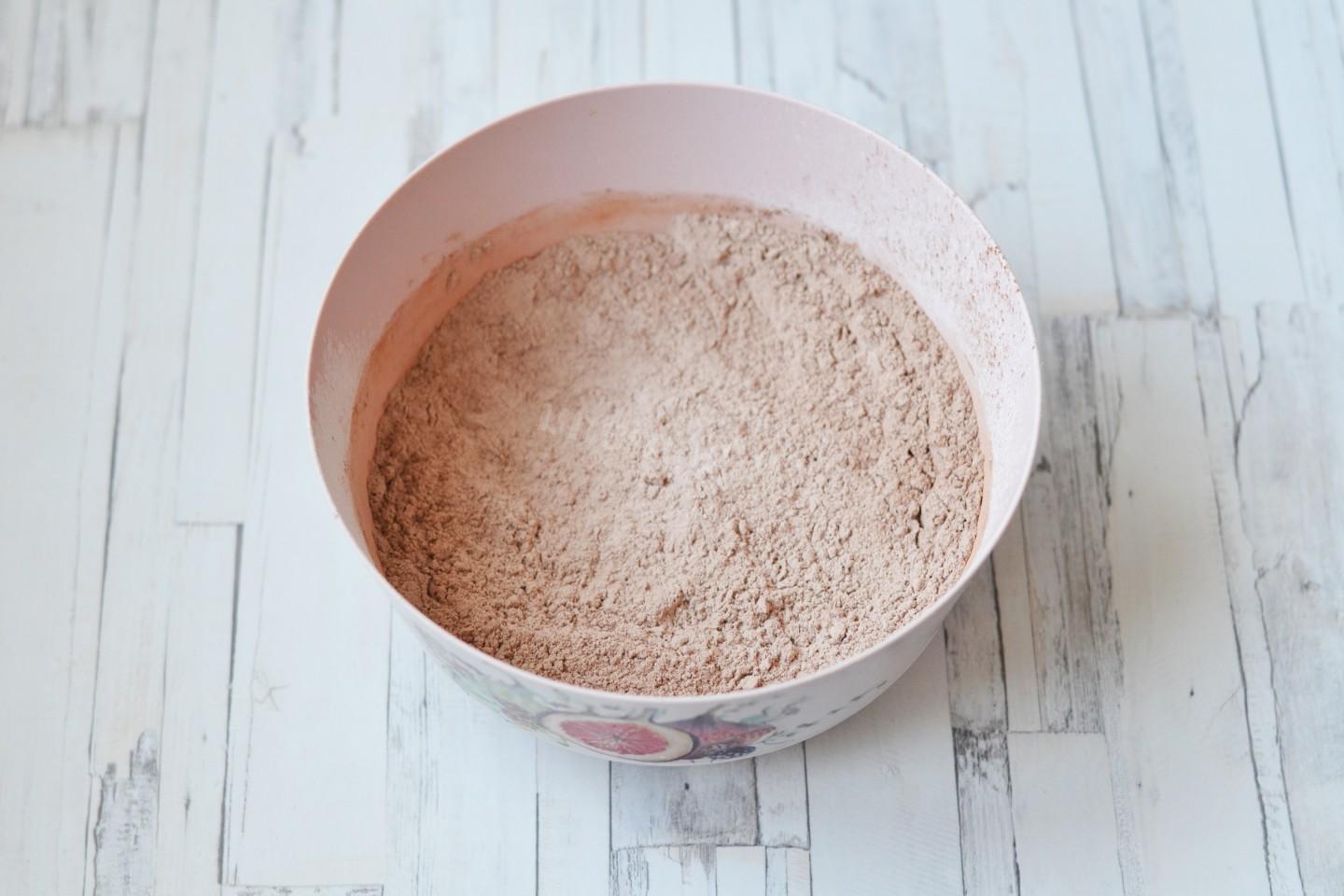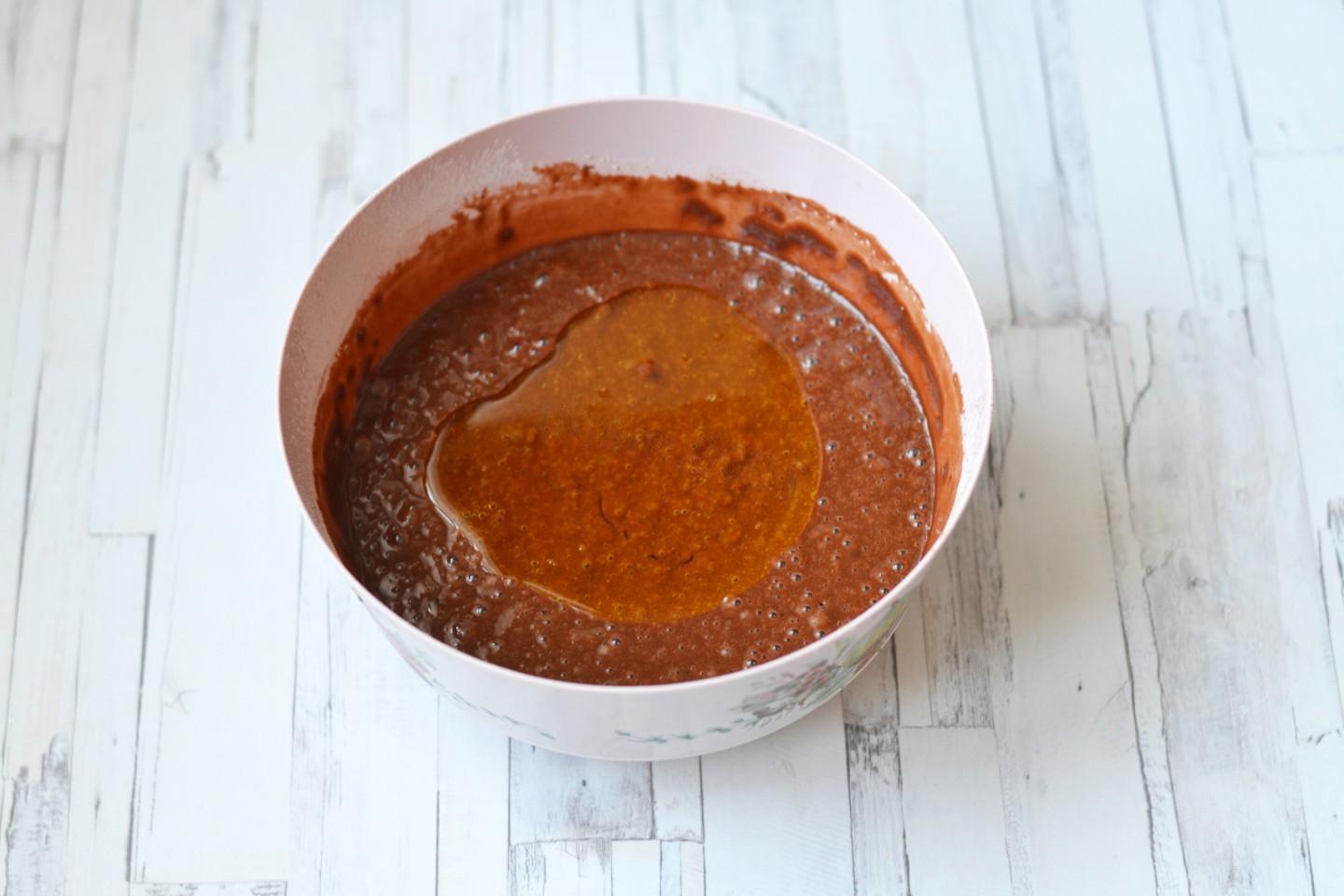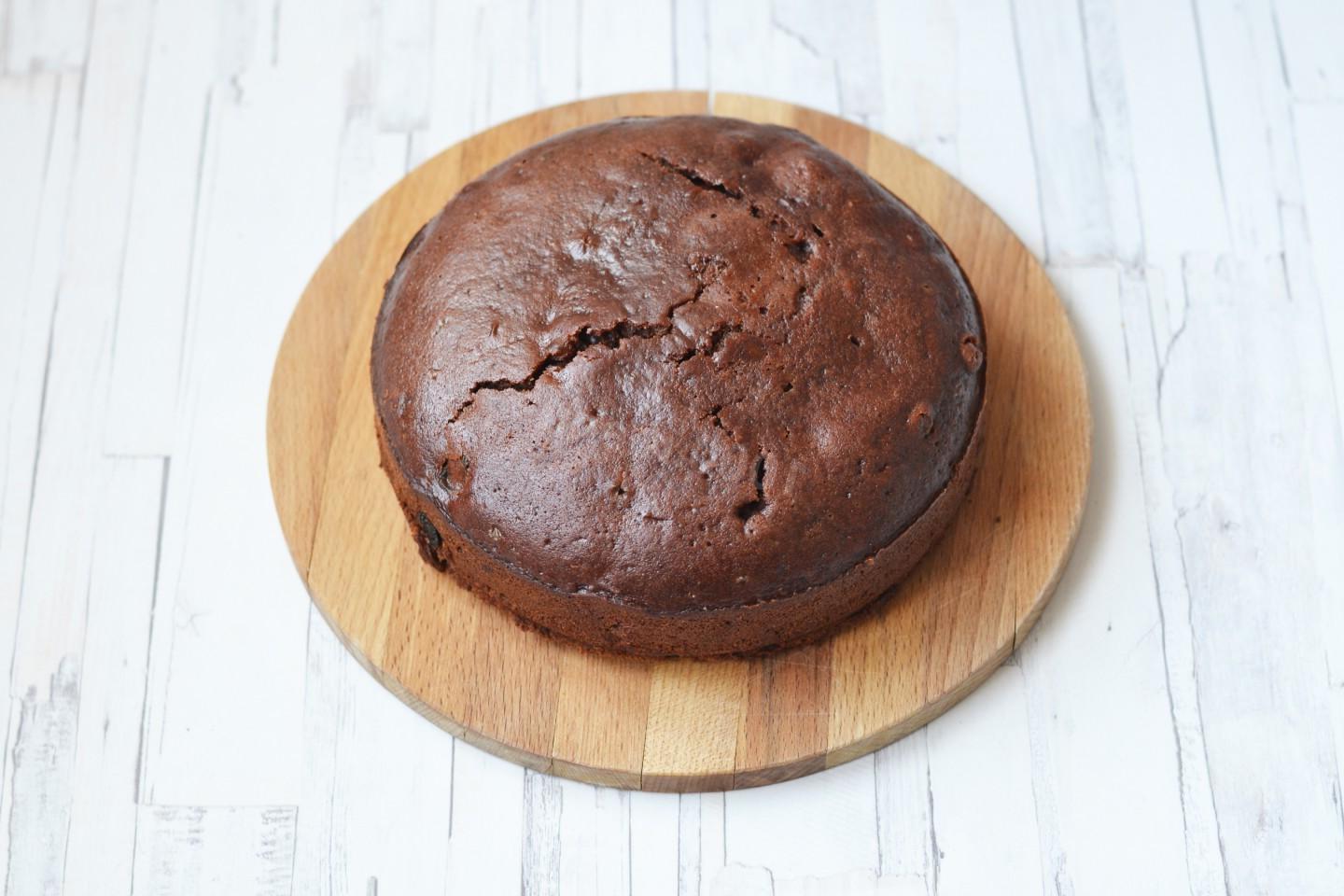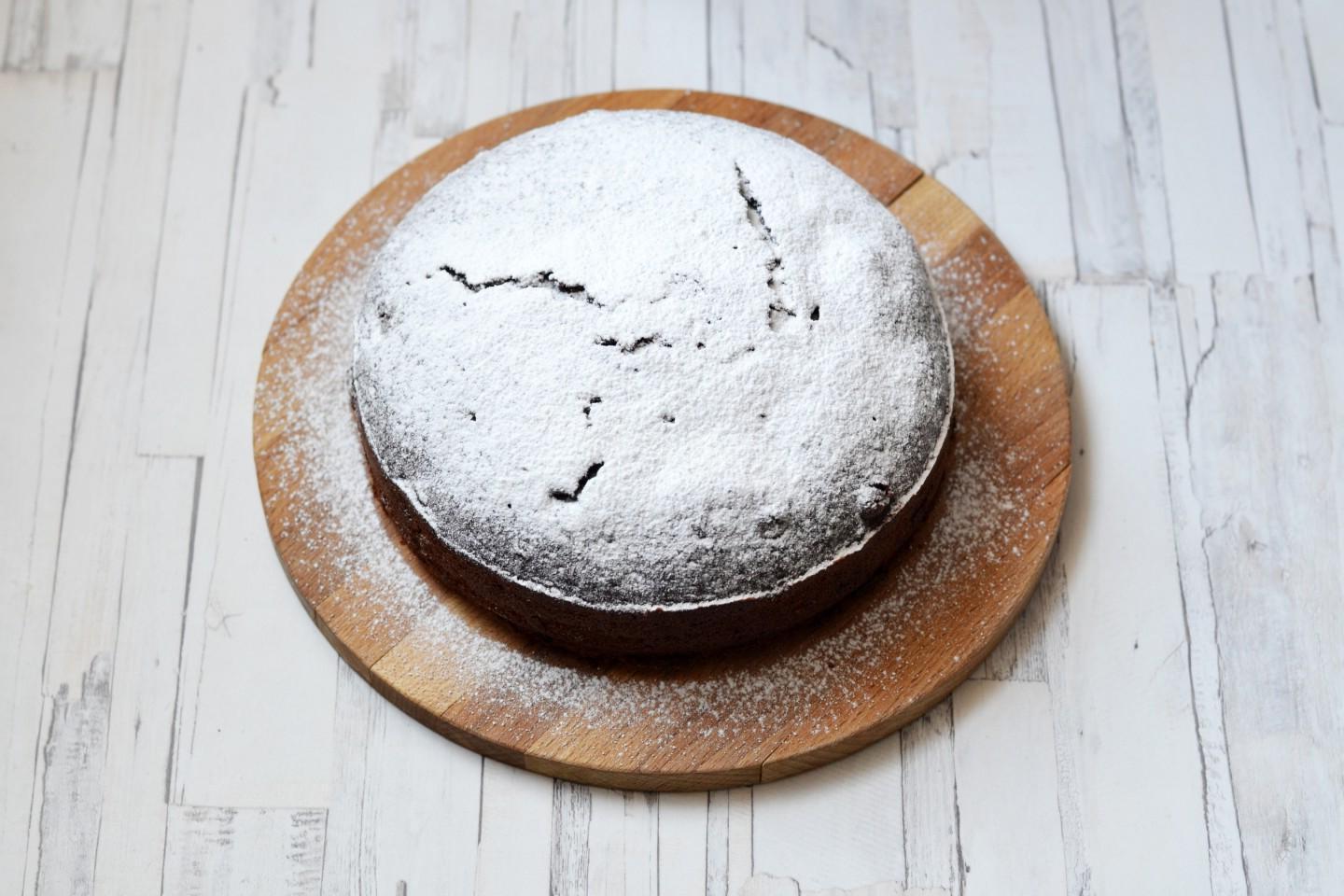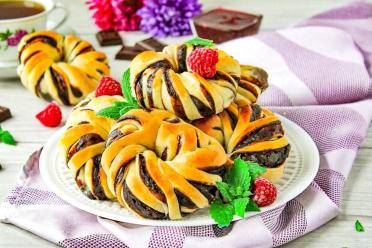Lenten Honey Gingerbread Delight
The most delicious, aromatic, chocolate, a holiday every day! A Lenten honey monastery mat will help you out when you want to treat yourself to something sweet during Lent. It is prepared without eggs and dairy products, using water and remains fresh, soft, and tender for a long time.
cook time:
1h 10 min
Owen Truitt

Nutrition Facts (per serving)
304
Calories
6g
Fat
55g
Carbs
4g
Protein
Ingredients (8 portions)
Basic:
Salt
0.25 tsp
Sugar
200 g
Cinnamon
1 tsp
Nutmeg
0.3 tsp
Wheat flour
250 g
Water
250 ml
Ginger
0.3 tsp
Cocoa
2 tbsp
Honey
(liquid)
4 tbsp
Raisin
100 g
Baking powder
2 tsp
Sunflower oil
50 ml
Recipe instructions
Step 1
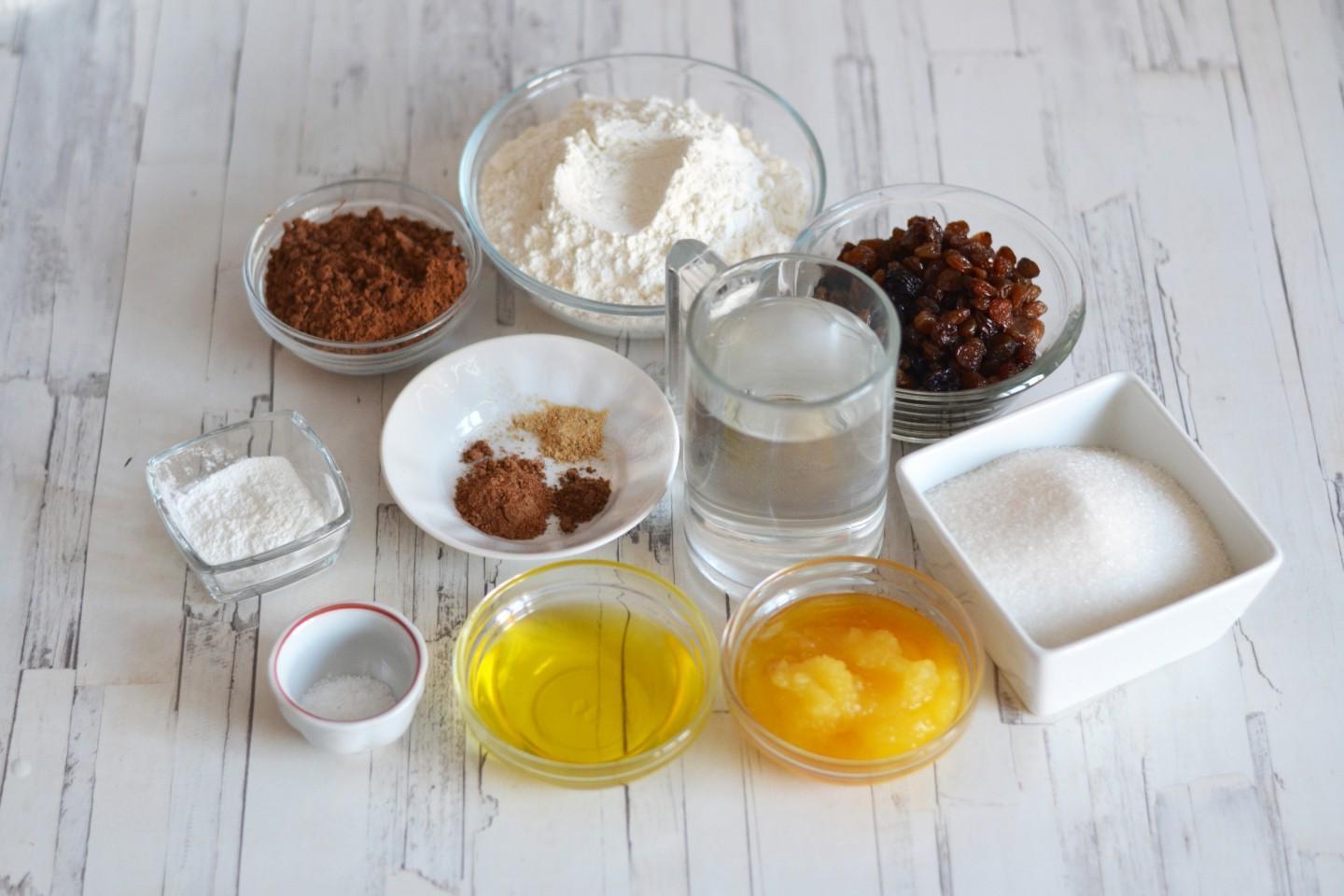
Step 2

Step 3
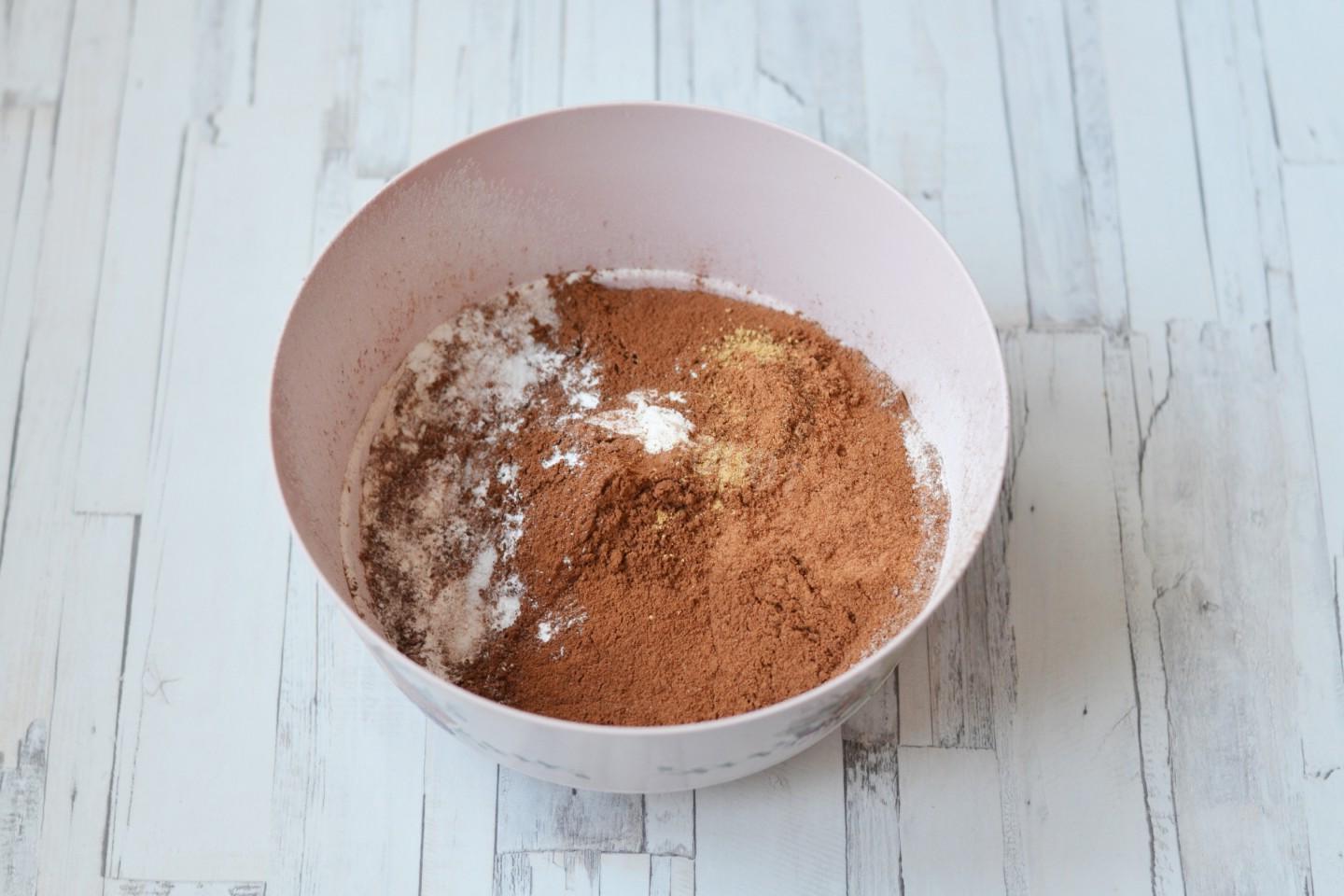
Step 5

Step 7
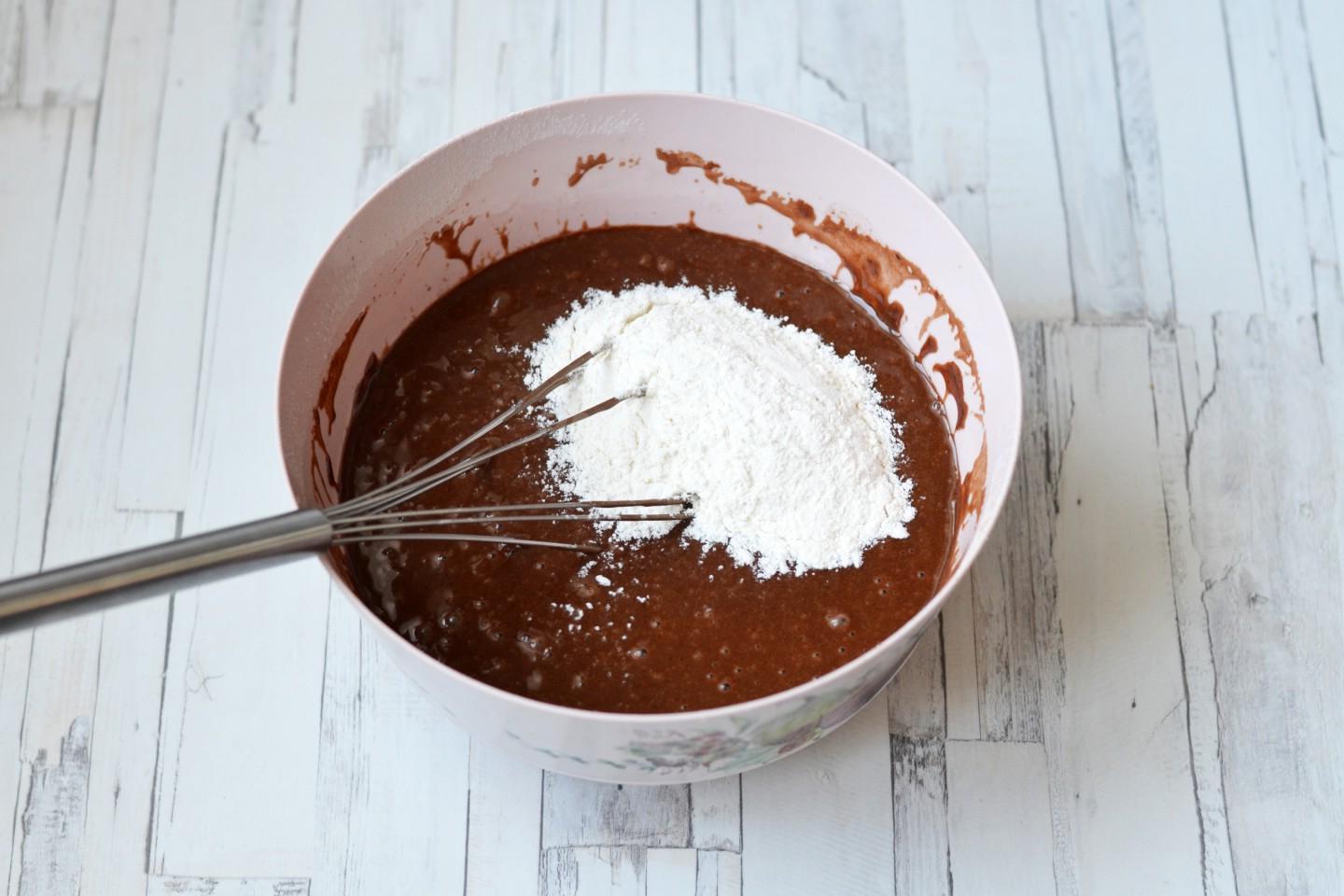
Step 8
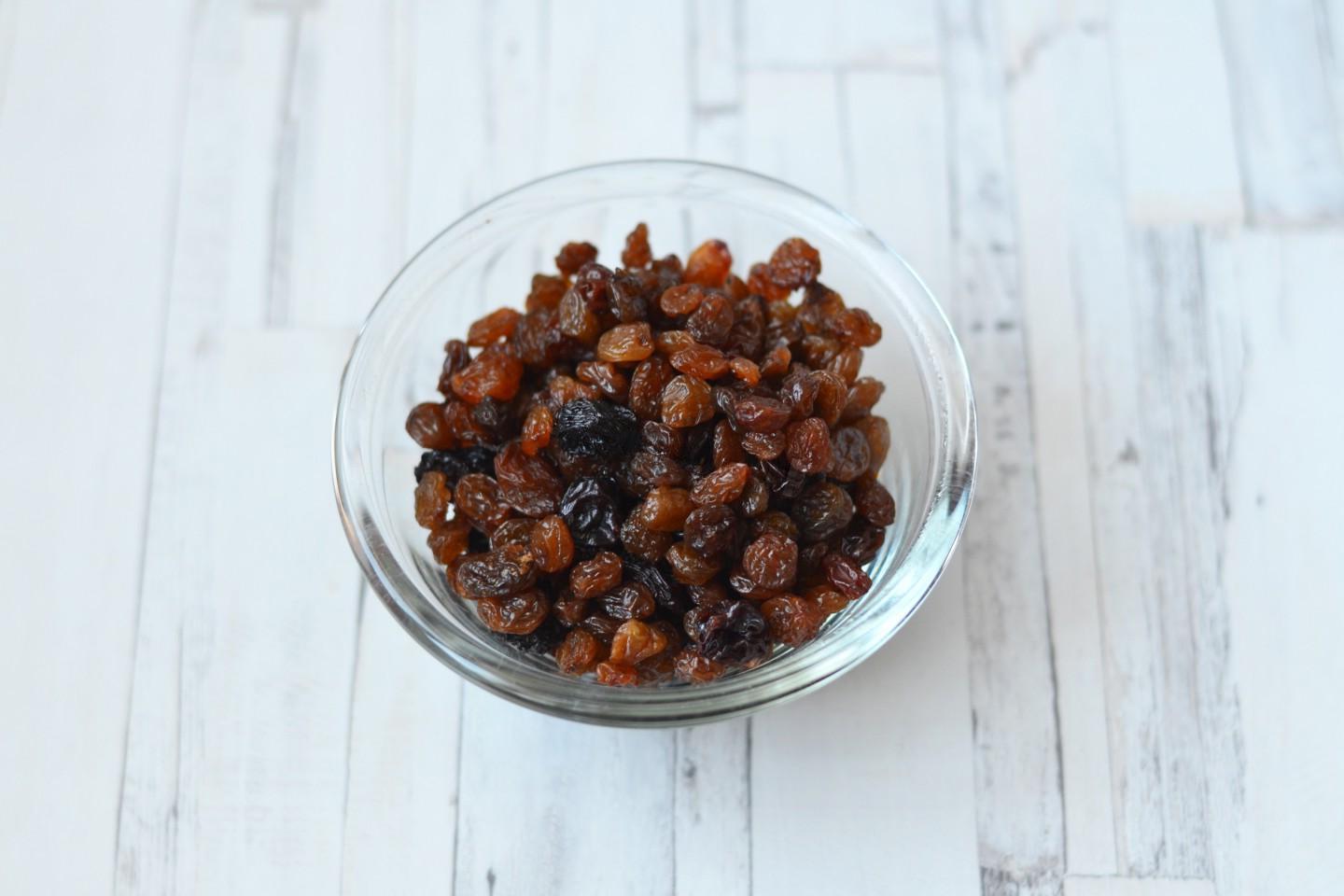
Step 9
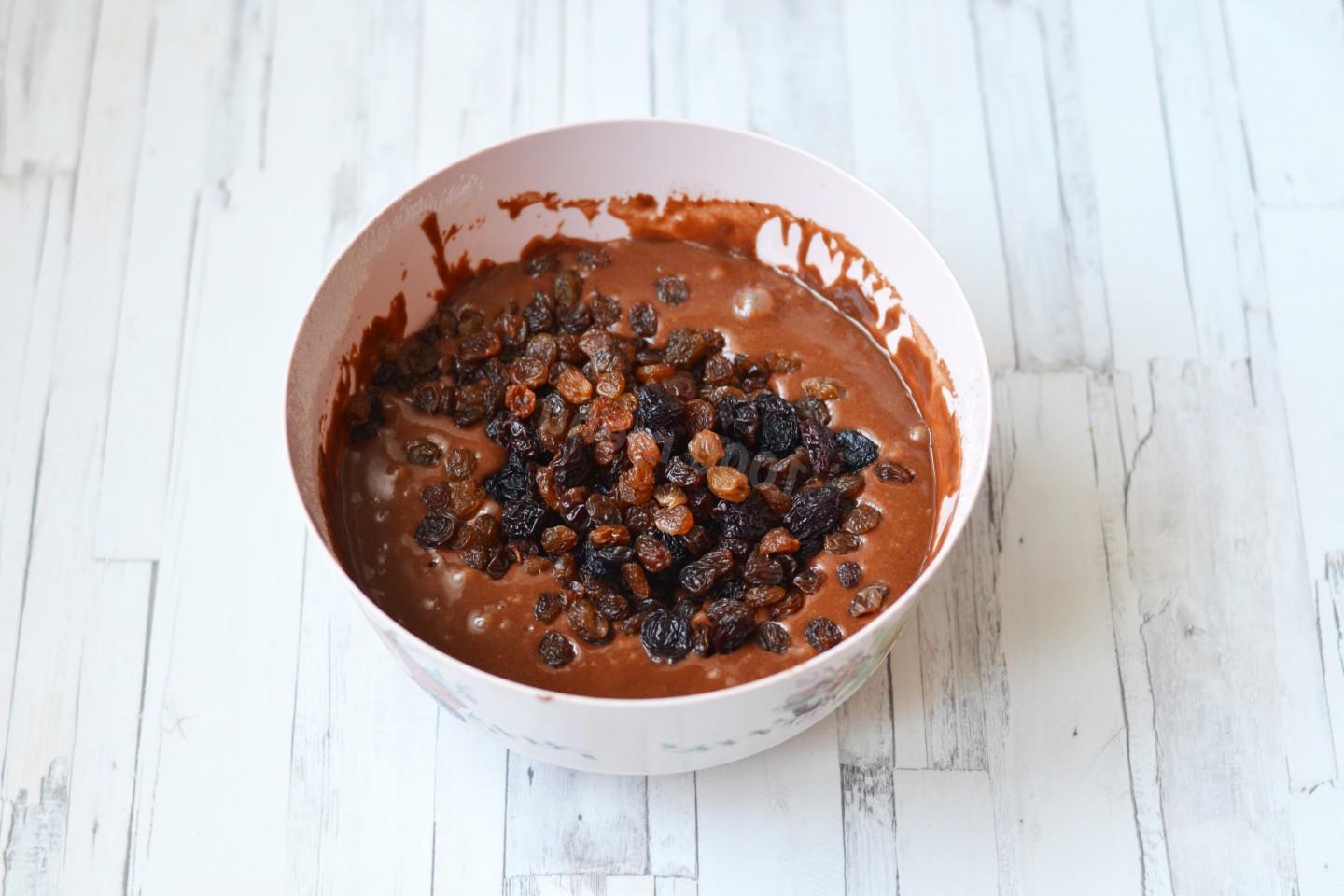
Step 10
